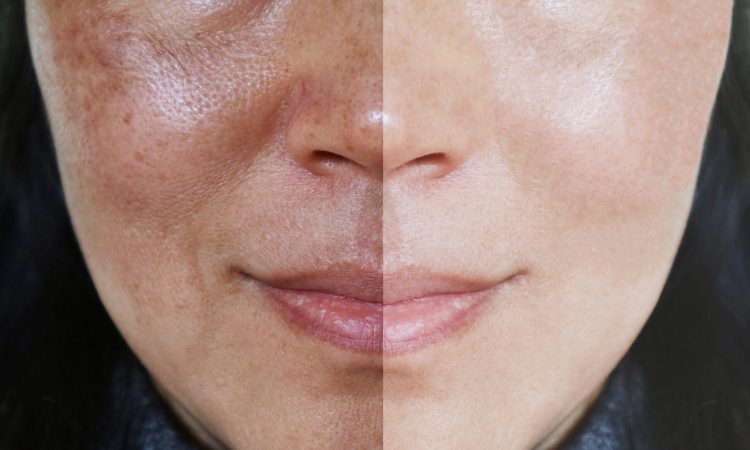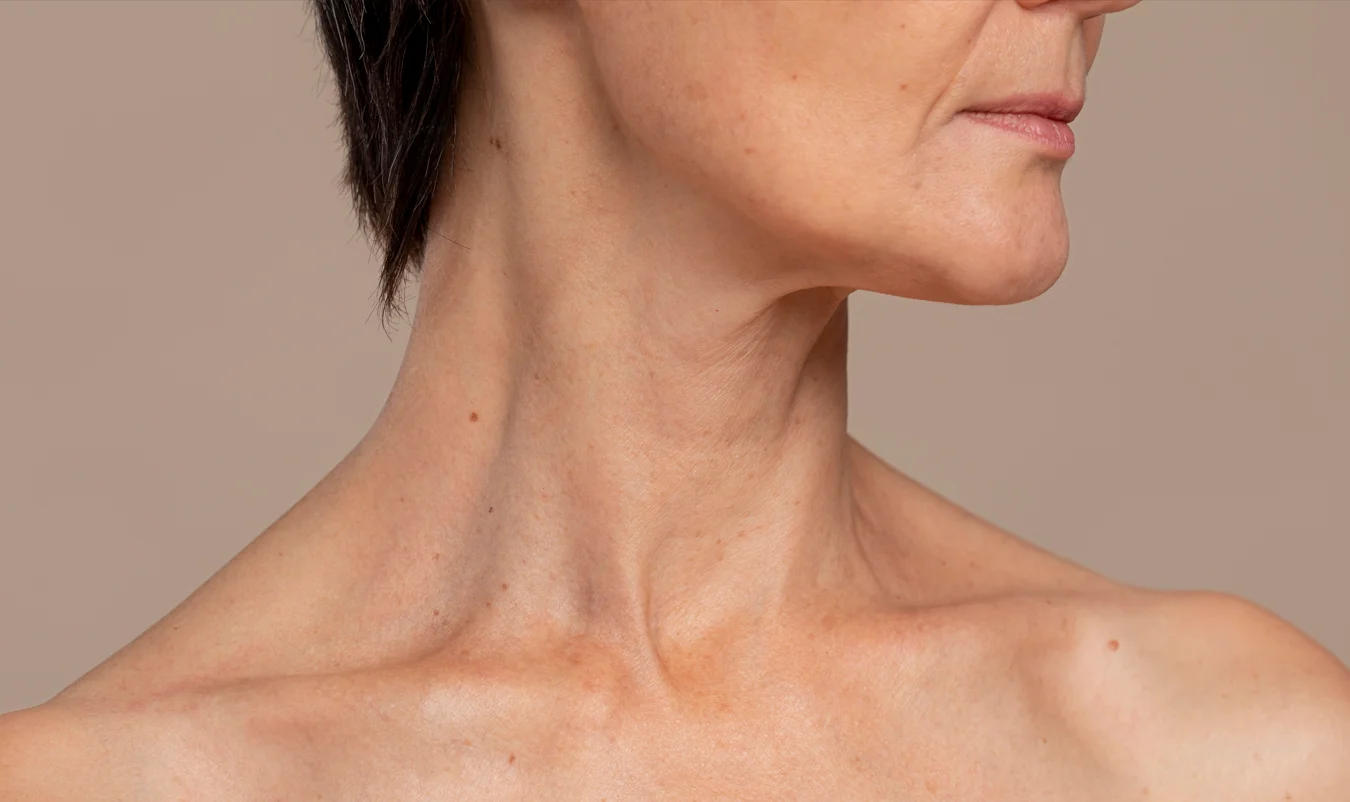
Pigmentation can be an overwhelming concern for many individuals, impacting not just their appearance but their confidence as well. Uneven skin tone caused by hyperpigmentation, dark spots, and other irregularities are common but treatable with advanced laser technologies. Laser treatments for pigmentation offer a solution that targets specific areas of concern, resulting in clearer, even skin. In this article, we will discuss the causes of pigmentation, explore the different laser treatments available, including Pico Laser, and guide you through what to expect from the treatment.
Causes of Pigmentation
Sun Exposure
Excessive sun exposure is one of the leading causes of pigmentation. UV rays trigger the production of melanin, the pigment responsible for skin color. Over time, repeated exposure can cause melanin to accumulate in certain areas, resulting in dark spots or sun spots. These often appear on the face, hands, and shoulders, areas commonly exposed to the sun. Even with sunscreen, long-term exposure can lead to pigmentation issues that require targeted treatments.
Hormonal Changes
Hormonal fluctuations, particularly in women, are another key cause of pigmentation. Conditions such as melasma often develop during pregnancy or when using hormonal contraceptives. This type of pigmentation typically appears on the cheeks, forehead, and upper lip, presenting as large, uneven patches of dark skin. Hormonal pigmentation is more difficult to treat, requiring a combination of treatments for effective results.
Post-Inflammatory Hyperpigmentation (PIH)
Post-inflammatory hyperpigmentation (PIH) occurs as a result of skin trauma, such as acne, eczema, or injury. The skin responds to the inflammation by overproducing melanin, leaving behind dark marks even after the original condition has healed. PIH is common in individuals with darker skin tones and can take months or even years to fade without intervention.
Aging
As skin ages, it becomes more susceptible to pigmentation issues. Age spots, also known as liver spots, are a form of pigmentation caused by a combination of aging skin and sun exposure. These spots are typically flat and range in color from light brown to black. They tend to appear on areas that have had the most sun exposure over time, such as the face and hands.
Genetics
Genetics also play a role in pigmentation. Some individuals are genetically predisposed to conditions like melasma or freckles, making them more likely to develop pigmentation issues, regardless of environmental factors. While sunscreen and topical treatments can help manage genetic pigmentation, laser treatments for pigmentation are often required for significant improvement.
Different Laser Treatments for Pigmentation
Q-Switched Nd Laser
The Q-Switched Nd Laser is one of the most commonly used treatments for pigmentation. It works by emitting short pulses of high-intensity light that target melanin in the skin, breaking it down without damaging surrounding tissue. This laser is effective for treating freckles, sun spots, and age spots. Multiple sessions are typically required to achieve optimal results, with minimal downtime between treatments.
Fractional CO2 Laser
Fractional CO2 laser is another effective treatment for pigmentation, particularly for deeper pigmentation issues like melasma. This laser works by creating micro-injuries in the skin, promoting the regeneration of new skin cells. As the skin heals, pigmentation fades, revealing a more even skin tone. Fractional CO2 lasers also stimulate collagen production, providing additional skin rejuvenation benefits.
Pico Laser
Pico laser treatment is a revolutionary approach for pigmentation removal. Unlike traditional lasers that rely on heat to break down pigmentation, Pico lasers use ultra-short pulses of energy to shatter pigmentation particles into tiny fragments. This non-thermal technology reduces the risk of heat damage and is suitable for all skin types. Pico laser is particularly effective for treating melasma, post-inflammatory hyperpigmentation, and sun spots. Patients often notice visible improvements after just a few sessions, with minimal discomfort and downtime.
How Pico Laser Works
Pico laser treatment works by delivering ultra-short pulses of laser energy that penetrate the skin to target pigmentation at its root. The laser shatters the pigment particles into smaller fragments, which are then naturally eliminated by the body’s lymphatic system. This process is highly precise, allowing for targeted treatment of pigmentation without affecting the surrounding skin. Because Pico laser operates on shorter pulse durations, it minimizes the risk of thermal damage, making it a safer option for darker skin tones prone to hyperpigmentation.
Each session typically lasts between 20 to 30 minutes, depending on the area being treated. Patients may experience mild redness or swelling after the treatment, but these side effects subside within a few hours. Results are gradual, with pigmentation lightening over the course of several weeks as the body eliminates the pigment fragments.
What to Remember Before and After Treatment
Pre-Treatment Care
Before undergoing any laser treatment for pigmentation, it is crucial to avoid sun exposure for at least two weeks. Tanning can increase the risk of complications, such as burns or further pigmentation. Patients are also advised to discontinue the use of retinoids or other strong exfoliating agents in the weeks leading up to their treatment, as these products can make the skin more sensitive to laser energy.
Post-Treatment Care
After treatment, patients should follow a strict skincare regimen to protect their skin and enhance the results. Sunscreen is essential, as treated skin is more susceptible to sun damage. Gentle, hydrating products are recommended to soothe the skin and promote healing. While there may be some mild peeling or flaking as the skin renews itself, these effects are temporary. It is also important to avoid picking at or exfoliating the skin during this time, as doing so could lead to scarring or post-inflammatory hyperpigmentation.
Number of Sessions Required
The number of laser sessions required varies depending on the type and severity of the pigmentation. For most patients, a series of three to six treatments spaced four to six weeks apart is recommended. Lighter pigmentation may respond more quickly, while deeper pigmentation, such as melasma, may require additional sessions for optimal results. The key to achieving even, long-lasting skin tone is consistency and adherence to the treatment plan provided by a qualified skincare professional.
Conclusion
Laser treatments for pigmentation offer a highly effective solution for achieving even skin tone and reducing the appearance of dark spots. With multiple laser options available, including the advanced Pico laser, patients can select a treatment tailored to their specific skin concerns. Whether pigmentation is caused by sun exposure, hormonal changes, or post-inflammatory trauma, laser therapy can provide significant improvement with minimal downtime. By following proper pre-and post-treatment care, patients can enjoy lasting results and restored confidence in their skin.




